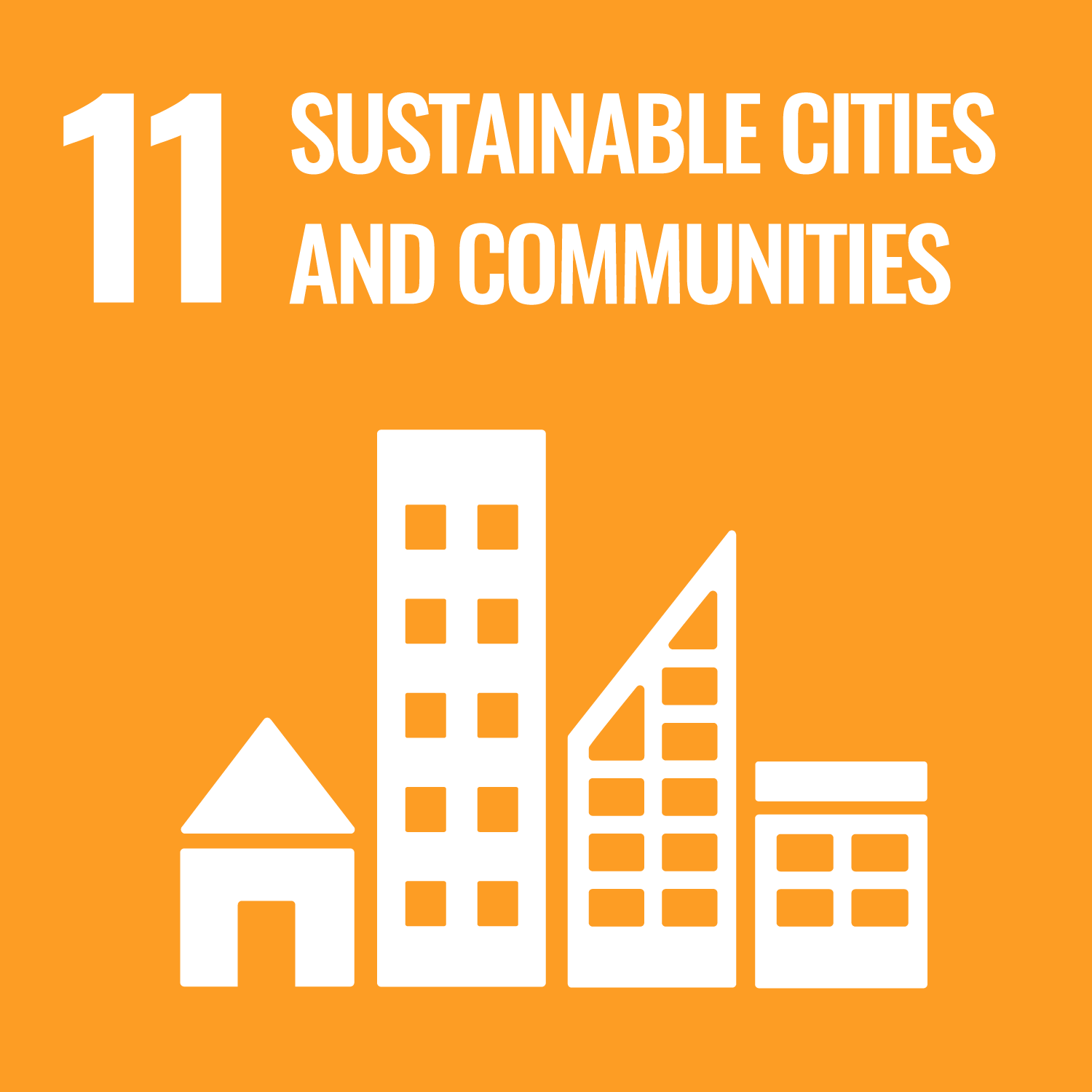ORCID
- K Willis: 0000-0001-9988-1933
Abstract
The smart city promises a new model of integrated urban design bringing together people, urban spaces and smart technologies. The quote above highlights the question of not only who owns the frameworks of the smart city but also more importantly who has access and what does this access enable them to do. We need to ask carefully who is included and recognise that the smart city often excludes the very people, communities and place it claims to help. The key is to establish how marginalised or excluded groups may benefit – or not – in these initiatives. In order to do this we need to think beyond digital infrastructures and consider how marginalised communities can reclaim technologies at a place -based level. This requires thinking about not just the digital but also the social infrastructure of smart cities. Drawing on Sassen’s model of ‘Open Sourced Urbanism’ we will look at how communities themselves should decide on the problems they wish to address with smart technologies, led by their own local concerns and interests, and with more informal modes of social organisation. This may include initiatives such as living labs, car-sharing, community currencies, hackerspaces, time-banks, tool libraries, and include how their city itself is designed, integrated with technology and lived in, establishing digital places in streets, squares, libraries and parks.
Publication Date
2021-01-01
Publication Title
Topos- The International Review of Landscape Architecture and Urban Design
Publisher
Georg GmbH & Co.
Deposit Date
2023-06-16
First Page
60
Last Page
64
Recommended Citation
Willis, K. (2021) 'The social infrastructure of the smart city: How can "Smart Cities" be more inclusive?', Topos- The International Review of Landscape Architecture and Urban Design, , pp. 60-64. Georg GmbH & Co.: Retrieved from https://pearl.plymouth.ac.uk/ada-research/392


